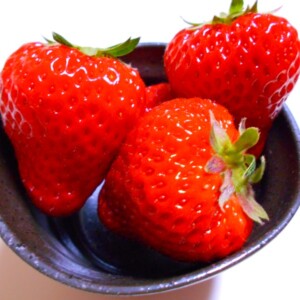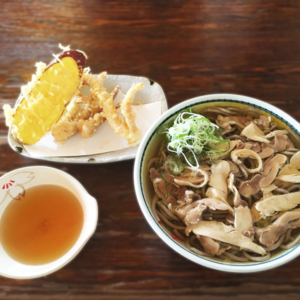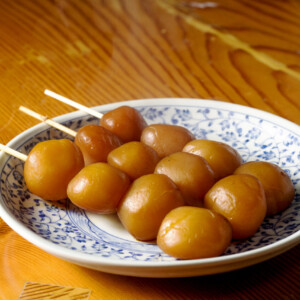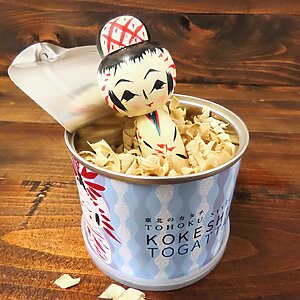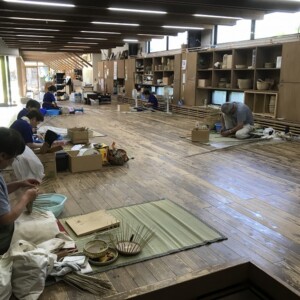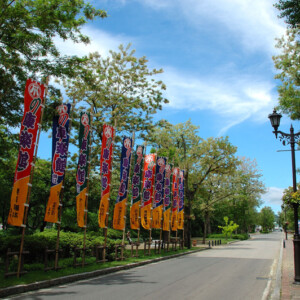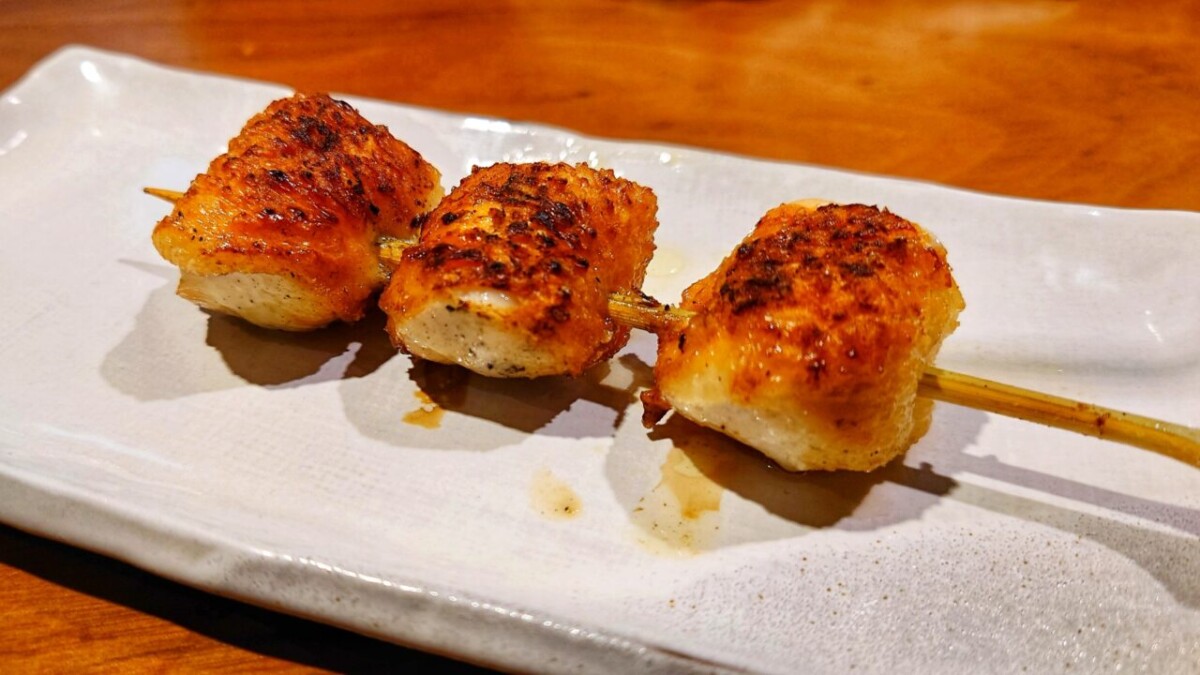
[Akita Prefecture] You'll love Japan's three major local chickens, "Hinai local chicken" even more! Introducing its characteristics, history, and delicious ways to eat it
table of contents
in the northern region of Akita Prefecture.Hinai”, where free-range chickens have been actively raised since the Edo period.Hinai chicken (Hinaijidori)teethOne of Japan's three major local chickensThe meat has a rich flavor and a chewy texture that is irresistible.
This time, we will tell you about the characteristics and history of Hinai Jidori and how to eat it deliciously. Get to know the charms of Hinai chicken and enjoy your meal to the fullest.
What are the characteristics of Hinai Jidori?
Hinai chickenis a delicious chicken that is considered one of the three major local chickens in Japan. The other two of Japan's three major local chickens are from Kagoshima Prefecture. Satsuma chickenand Aichi prefecturenagoya cochin. In other words, the only local chicken in the Tohoku region that is ranked is Hinai local chicken from Akita Prefecture.
The characteristics when eaten are:richness of taste"and"Good texture” can be mentioned. It has a richer, sweeter flavor than regular chicken that fills your mouth, and the more you bite into the crunchy, chewy meat, the more umami it overflows with flavor.
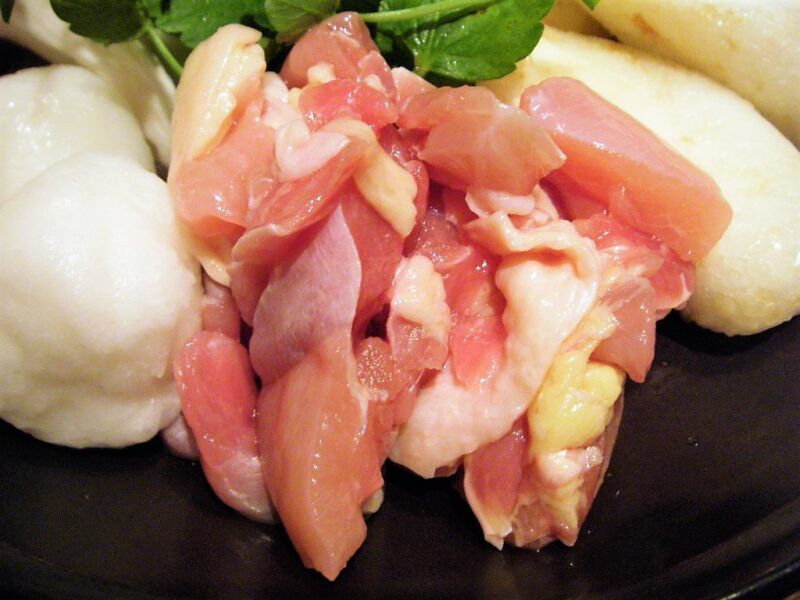
Since it has a lot of lean meat, it is recommended to be boiled or grilled.
The soup made from the meat and bones has a rich and umami flavor.
Hinai Jidori has become an indispensable part of Akita gourmet culture, but it faced various difficulties in order to take root as a leading figure in Akita's food culture.
History of Hinai Jidori
The chicken that became the root of Hinai Jidori is ``Hinai chicken"is. Hinai chicken was known to exist in the Edo period, and its meat, which resembles that of yamadori, was delicious and was even offered to feudal lords as annual tribute.
However, Hinai chicken had a weakness. These include ``susceptible to diseases,'' ``low reproductive rate despite slow growth,'' ``small body,'' and ``nervous and sensitive to environmental changes.''
In other words, it was difficult to grow and not commercially viable, making it difficult to sell as a product and being avoided by producers. In the early Showa era, the number of Hinai chickens decreased drastically, and they were designated as a national natural monument.
Therefore, at the Akita Prefecture Livestock Experiment Station, we began working in 1971 to develop specialty products from the prefecture.Breed improvement of Hinai chickenBy doing so, we created ``Hinai Jidori'', which is a cross between Hinai chicken and Rhode Island Red chicken.
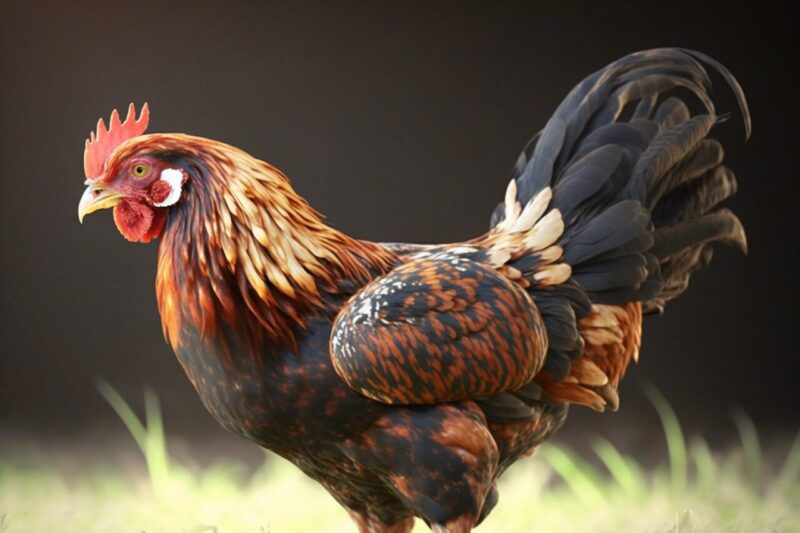
Currently, Hinai chicken is not on the market, so even if you see a restaurant sign that says Hinai chicken, you can only eat Hinai chicken.
Hinai chicken has been improved to be easier to grow while maintaining its characteristic taste, and research is being conducted on breeding methods and feed to maintain even better meat quality. This means that Hinai Jidori may become even more delicious in the future.
Recommended Hinai chicken recipes
When you get Hinai chicken meat, you may be wondering how to eat it to bring out the full flavor.
The key points in cooking Hinai chicken are:Making use of dashi. We recommend dishes that let you enjoy the rich flavor of Hinai chicken by spreading it on soups and sauces, or letting it absorb into other ingredients.
Here, we will introduce three recommended dishes.
Kiritanpo pot
A classic Akita specialty. Kiritanpo, which absorbs the rich Akita chicken stock, has an exquisite taste.
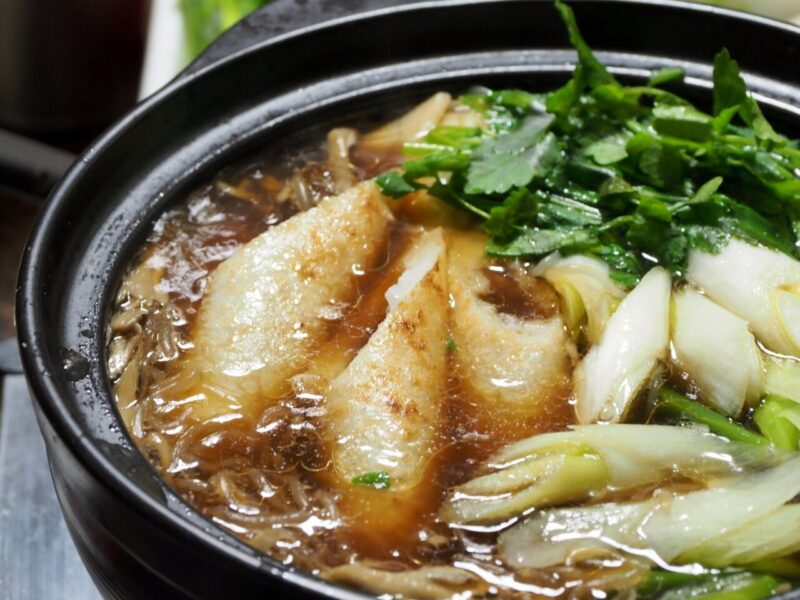
The ingredients you need to prepare include vegetables, tofu, mushrooms, and konjac. If you have Hinai chicken and Kiritanpo, you can use whatever you like. You can use store-bought soup, or you can season it yourself using chicken stock and soy sauce. Enjoy it without straining your shoulders and elbows too much.
Oyakodon
Oyakodon is a classic chicken dish. Hinai Jidori is no exception.
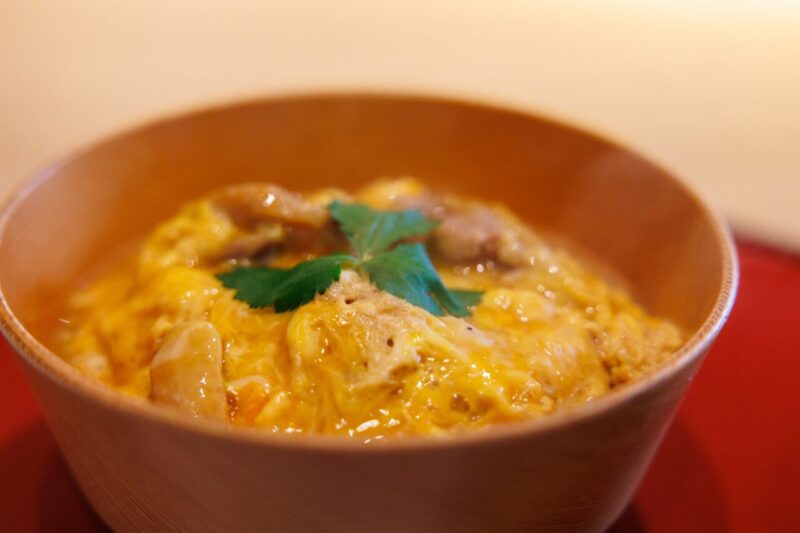
For oyakodon, the soft egg and freshly cooked rice catch all of the Hinai chicken stock. The result is a higher-grade oyakodon that will keep you satisfied until the last bite.
Please make sure to use fresh, delicious and rich eggs.
oven baked
To enjoy the true taste of Hinai chicken, we recommend simple grilled dishes. There are other ways to grill the fish, such as using a frying pan or charcoal, but if you're worried about the heat or doneness, it's easier to use an oven or a fish grill.

You can also save time by preparing the garnishes and sauces while the chicken is cooking. Alternatively, you can place potatoes and carrots on a baking sheet along with the chicken and roast them.
In the oven, the recommended baking time is 20 minutes at 200℃. Please adjust according to your home equipment.
summary
This time we introduced Hinai Jidori, a delicious local chicken from Akita Prefecture. Hinai Jidori is a recommended ingredient when enjoying a higher-grade dining experience. Please enjoy the rich flavor that comes out the more you chew.



![It's not just Akita dogs! "Akita Three Chickens" is a natural monument in Odate City [Akita Prefecture] 2021730f7ae30aabb98a41d487a660ed-1](https://jp.neft.asia/wp-content/uploads/2024/02/2021730f7ae30aabb98a41d487a660ed-1-150x150.jpg)
![[Akita Prefecture] Is the arranged recipe for the traditional food “Iburigakko” a hot topic? Introducing delicious ways to eat 1254167_m](https://jp.neft.asia/wp-content/uploads/2022/01/1254167_m-150x150.jpg)
![[Akita Prefecture] The delicious relationship between Kiritanpo hotpot and Hinai chicken! 03 Kiritanpo hotpot](https://jp.neft.asia/wp-content/uploads/2022/01/32169d50d3ec33e2d85794b6fa03f900-150x150.jpg)
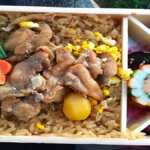
![Hot springs gush out in a place where there are no volcanoes! "Yuzawa Geopark" where you can see the mystery of the earth up close [Akita Prefecture] 4550228_m](https://jp.neft.asia/wp-content/uploads/2023/02/4550228_m-150x150.jpg)

![The popular game "Matagi" started in Kitaakita City! [Akita Prefecture] matagi](https://jp.neft.asia/wp-content/uploads/2024/04/matagi-150x150.jpg)
![Yurihonjo City, where Honjo, Kameda and Yajima domains were intersected between the Kubota and Shonai domains [Akita Prefecture] FF2C8AAA4350E7E179F97F97B38B3A2302F-1](https://jp.neft.asia/wp-content/uploads/2024/04/ff2c8aaa4350e7e179f97f38b3a2302f-1-150x150.jpg)
